
As I’m fond of saying, if you do a Google search of Cancun the only thing that shows up in the search results are pictures of naked people shit-faced drunk on the beach celebrating Spring Break, as well as plenty of photos of the beaches and all-inclusive resorts, condos and hotels. But what about the mainland, the city that exists beyond the pristine walls of the all-inclusive compounds and their English-speaking staff and American restaurants, plazas and Starbucks?
We live in the real Cancun. That is, the city beyond the tourist attractions. The mainland city where the workers who keep the all-inclusive zone functioning live and breathe and where hundreds of thousands of everyday, middle-class Mexicans have homes, cars, schools, hospitals, grocery stores, parks, plazas and yes, even subdivisions and mortgages and the same style of life that every other Western civilization has. Today’s article takes a look at the local streets and neighborhoods that make up the actual pueblo that has become renowned the world over as one of the top beach destinations for vacation.
One of the first distinctions to understand is that there are two very separate sections of the city. This is reflected in the Wikipedia for the city, where it specifically talks about the “Mexican” Cancun. We’ll avoid those racial distinctions in our own article, because it has nothing to do with with race, but it is worth noting that there are two unique parts. One is heavily promoted by the Mexican government because it’s the number one tourist draw in the country, and the other is completely ignored in the search engines because no one ever visits the mainland where the vast majority of the Mexicans live and work. Which means there’s little to no information on the pueblo itself.
I’ll be the first to admit that in my first three months here I spent most of my time on the beach and in the Hotel Zone, as well as in the downtown Centro section. Which technically is on the mainland, but while it has more Mexican themes and styles in comparison to the tourist strip and its high-rises and resorts, it’s still a heavily-Americanized section of the city, with English signs everywhere and prices that are two to four times what you’ll find just a few minutes north or west of downtown. And unless you speak Spanish you’ll spend the vast majority of your time in these two places, simply because that’s what’s accessible.
The older sections of Cancun only have forty years of history to them because the city has only been in existence for that long, so if you are looking for historical buildings or Maya influences or a rich cultural heritage you’re better off looking elsewhere. That’s not to say the colonial style isn’t present in the older sections of the city; it’s heavily prevalent once you get away from Avenida Bonampak (the last main avenue before going into the Hotel Zone) and the condos and townhouses that make up the strip in front of Puerto Jarez, Puerto Cancun and Malecon Americas.
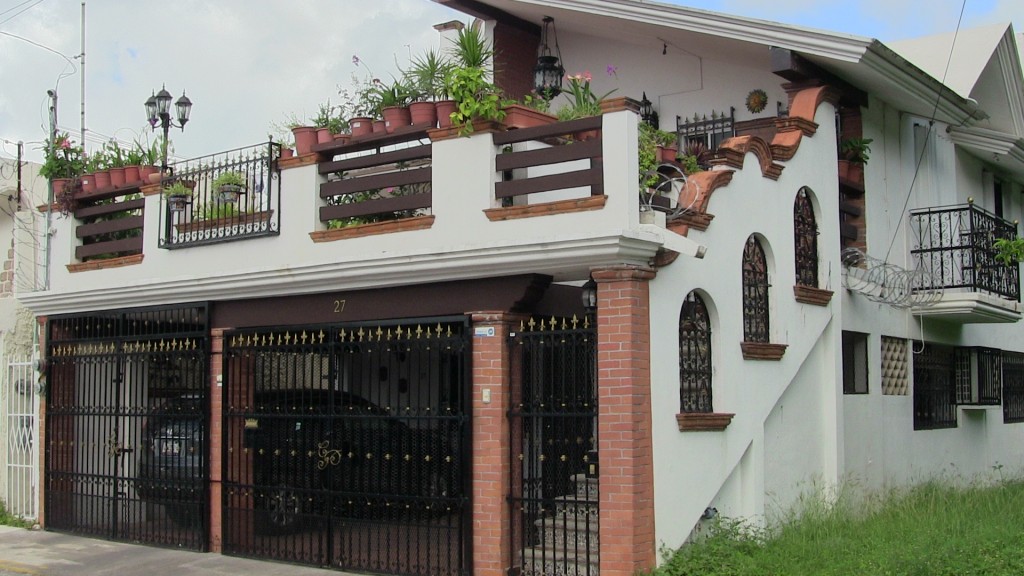
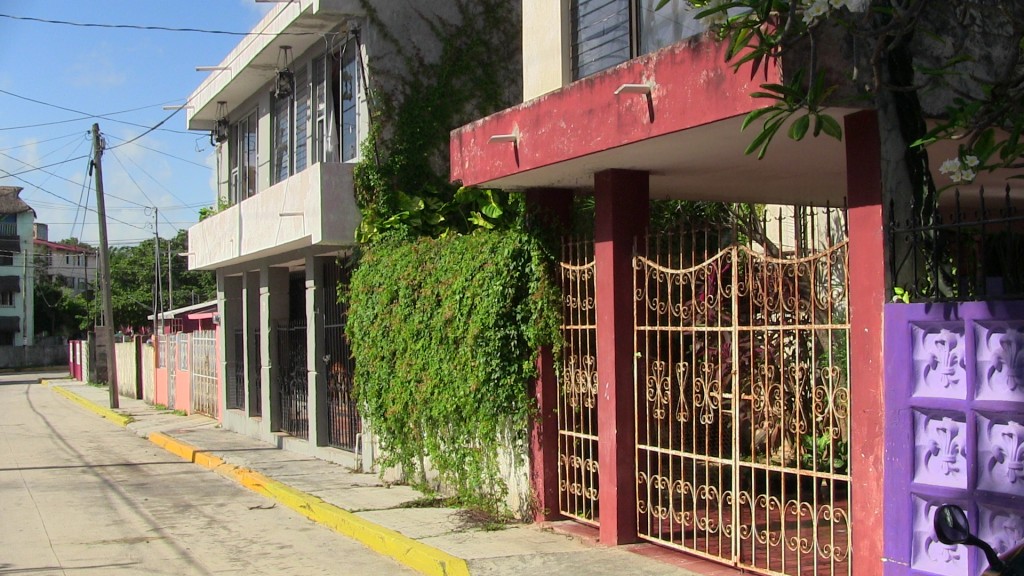
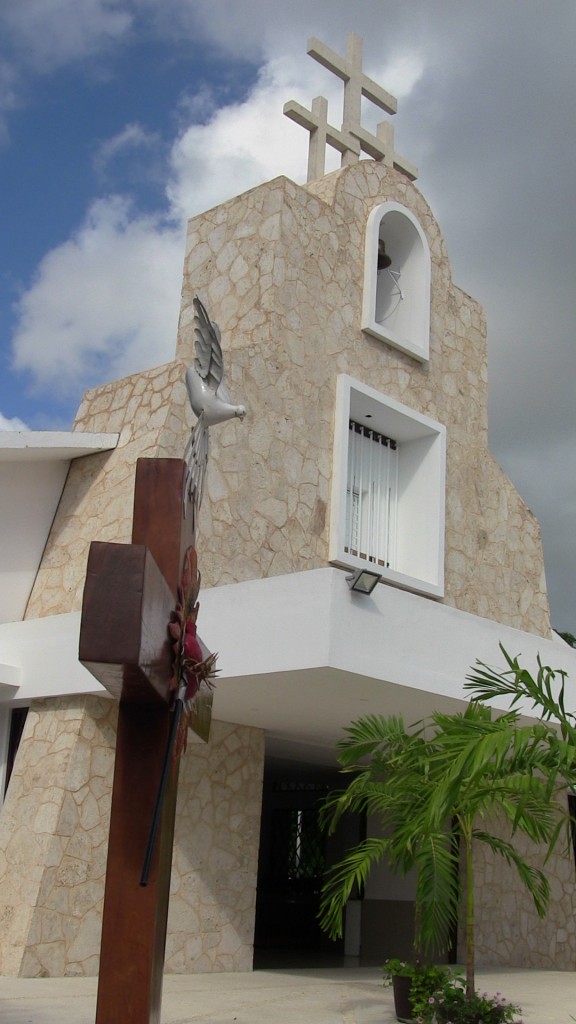
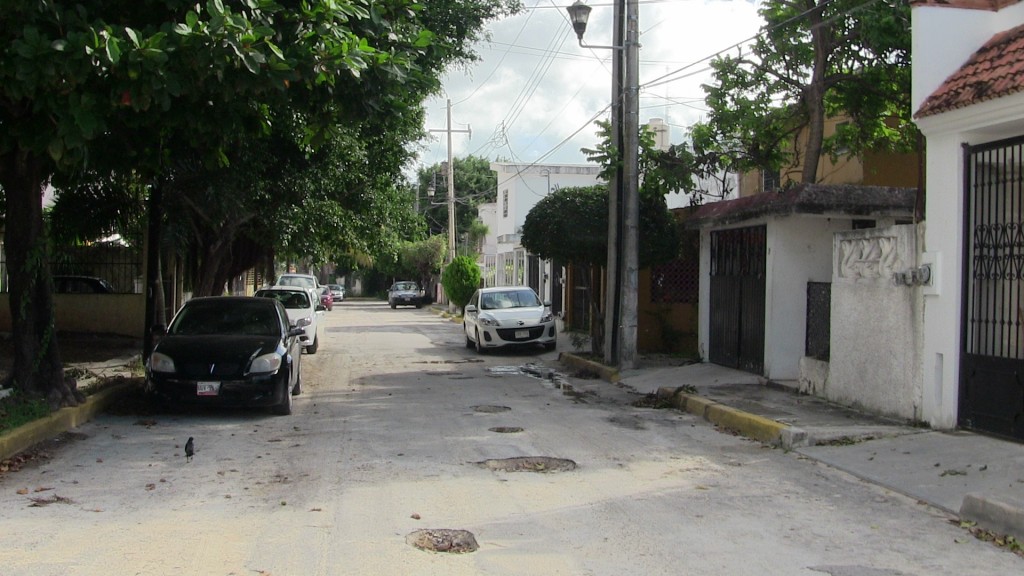
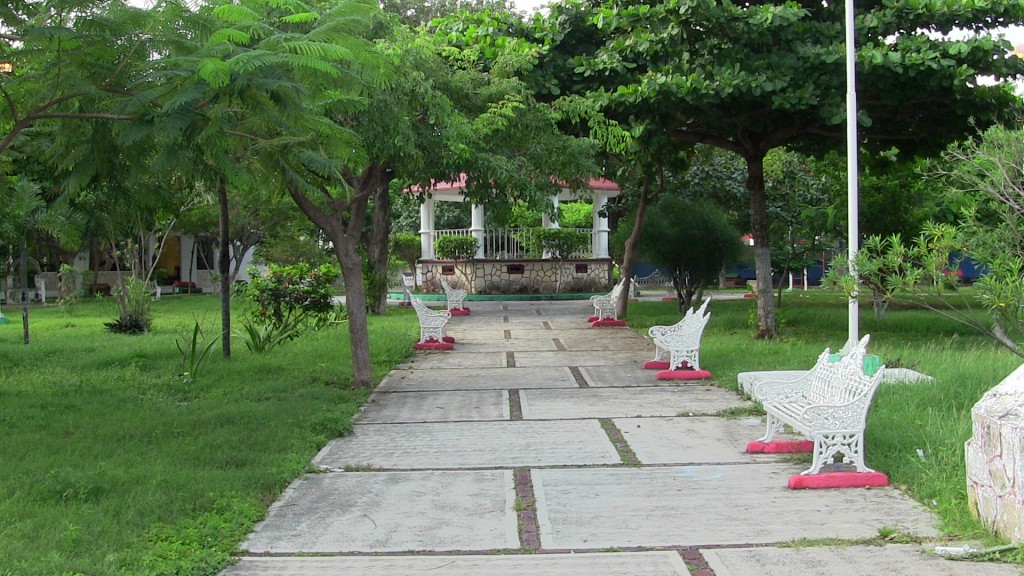
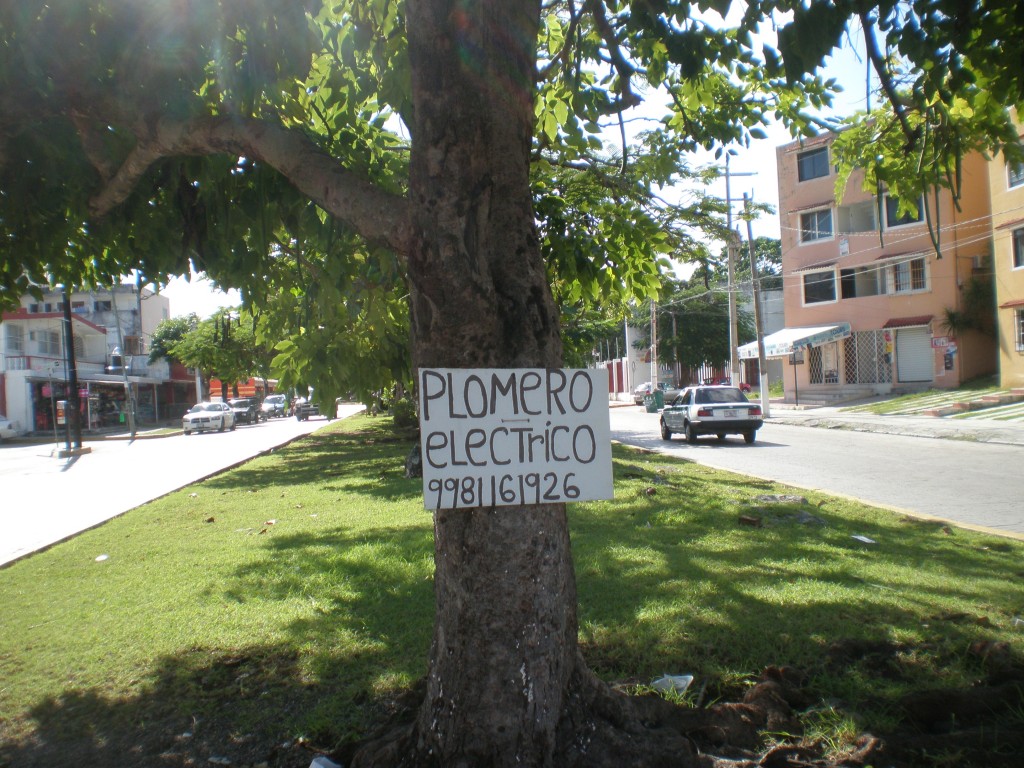
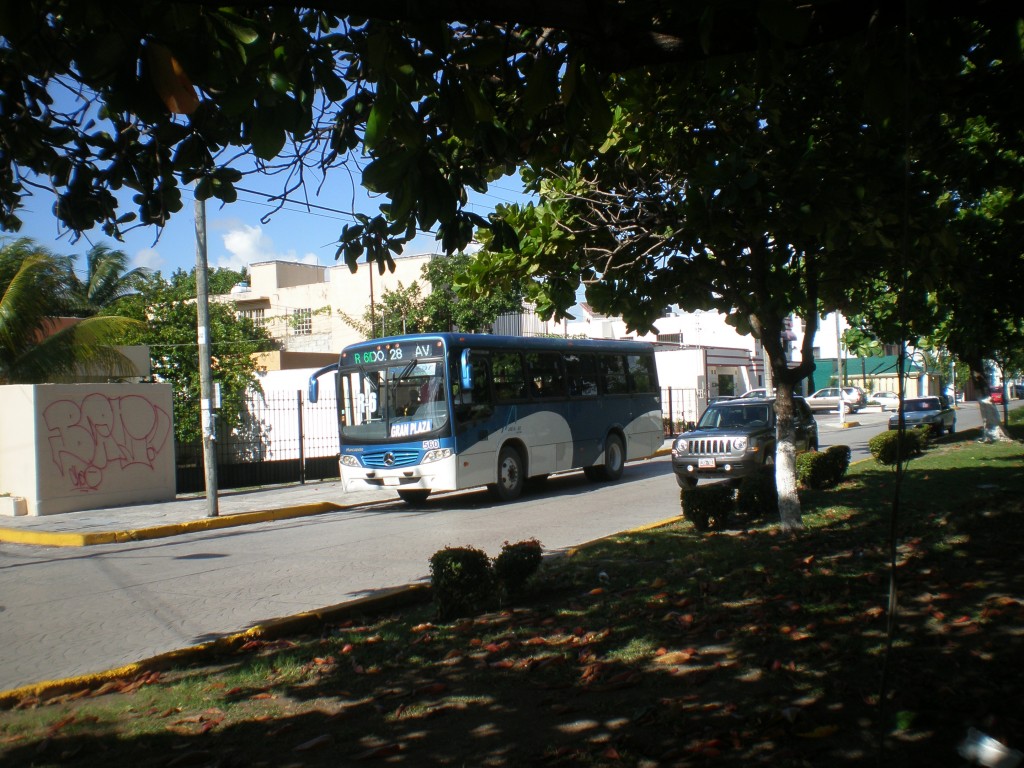
As you start getting further north and west into the city you’ll see the buildings getting shorter, because the old style of building was less than four stories. As a general rule most of the homes are one to three stories, and they feature the typical Mexican style for the tropics: block and concrete walls with tile floors to keep the home as cool as possible during the heat of the summer months.
The way the city is laid out, everything within Centro — as well as north and west of downtown — features buildings that are 10 to 40 years old as a general rule. The current expansion since Hurricane Wilma (2004) has been south towards Playa del Carmen, as well as along the lagoon between the mainland and the Hotel Zone, so all of the newer constructions and subdivisions are south of downtown as well as along the waterfront.
But for us, we live in the Western side of Centro, bordering Market 28. And the neighborhoods that surround us make up the bulk of the mainland city; roughly 85 to 90 percent of Cancun by my own estimations. Once you learn the layout it’s a fairly similar pattern that is repeated throughout.
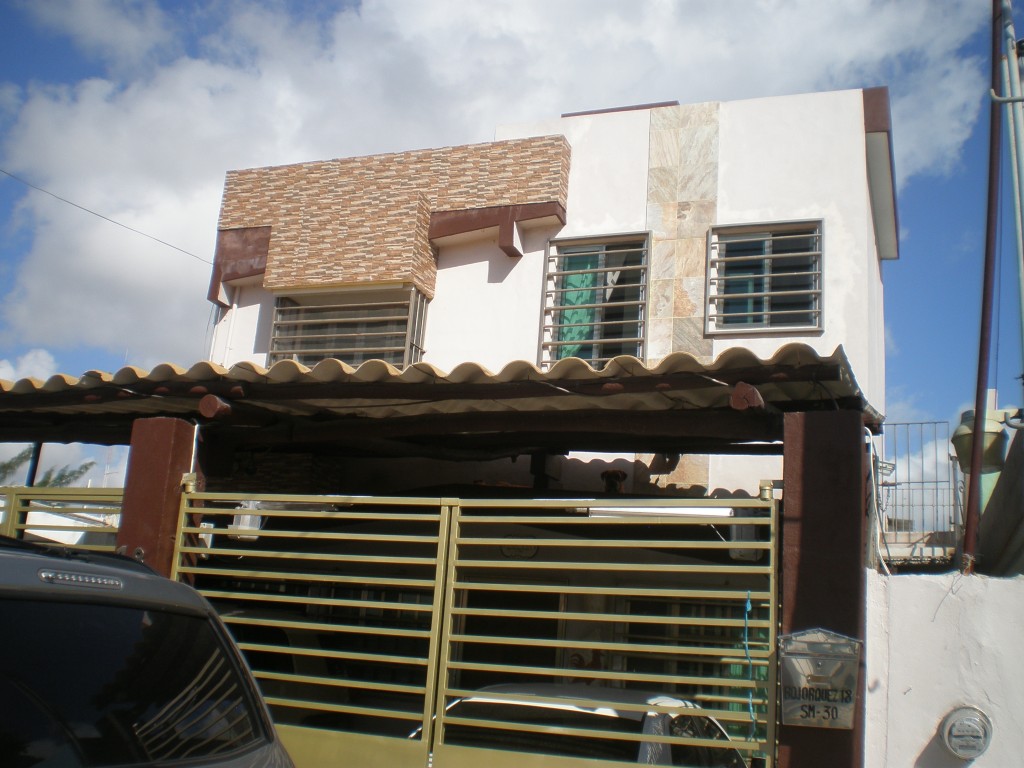
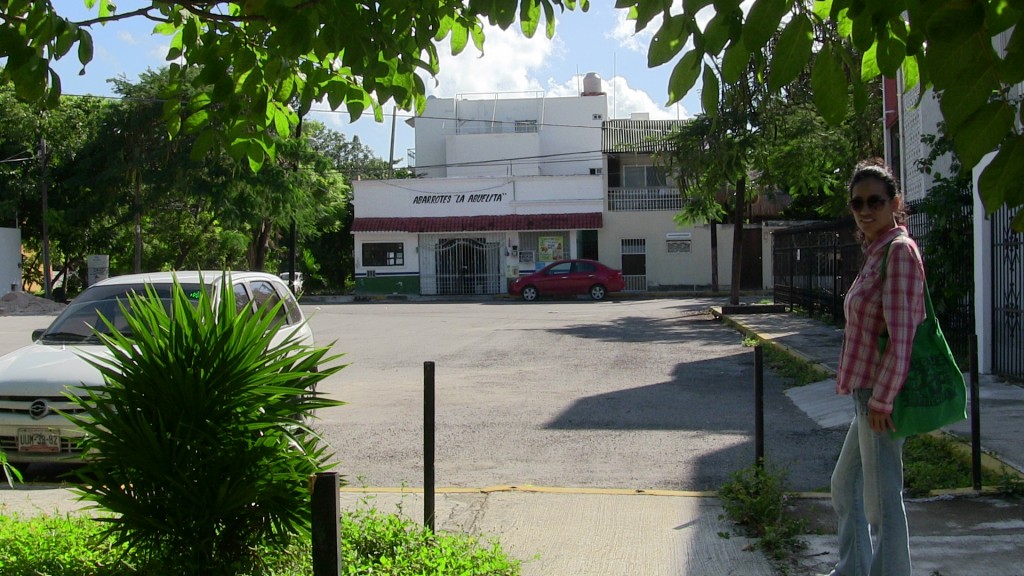
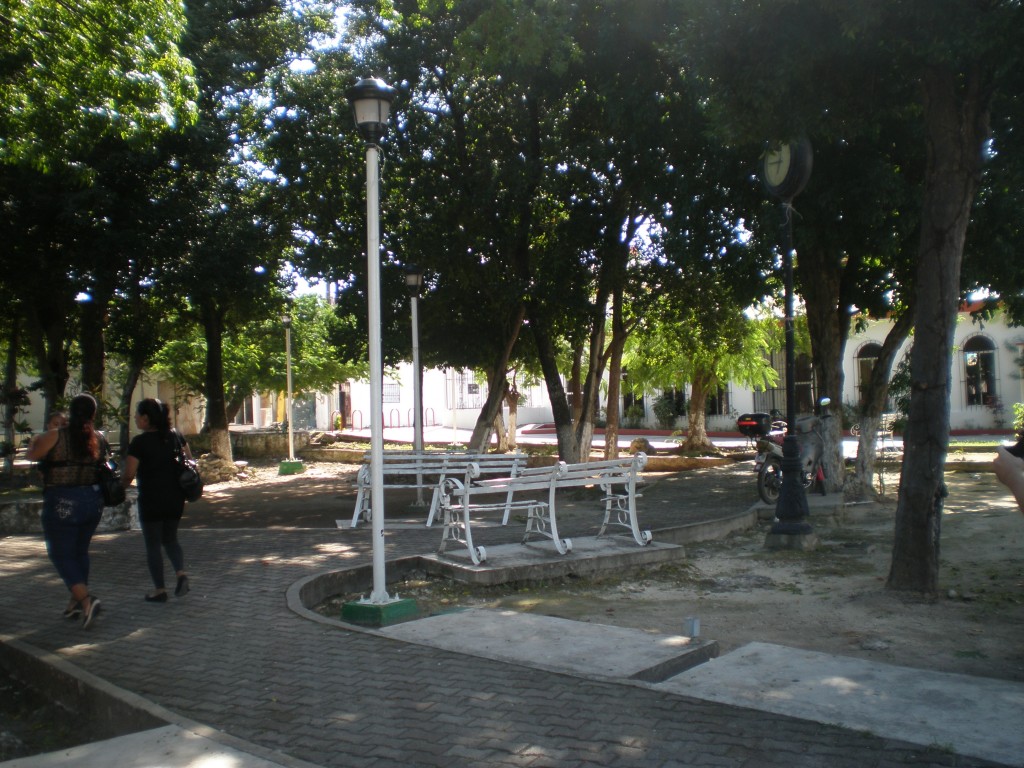
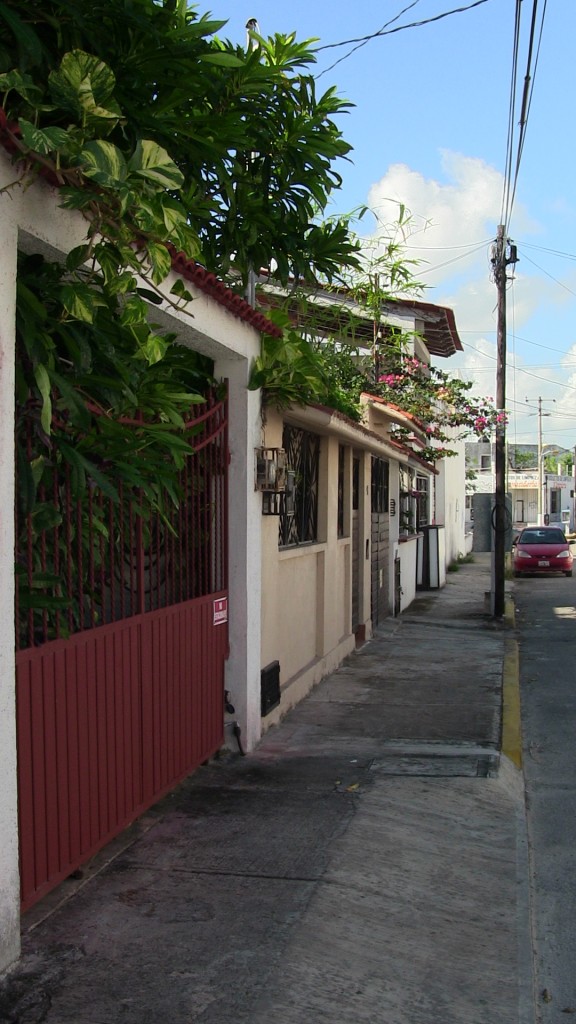
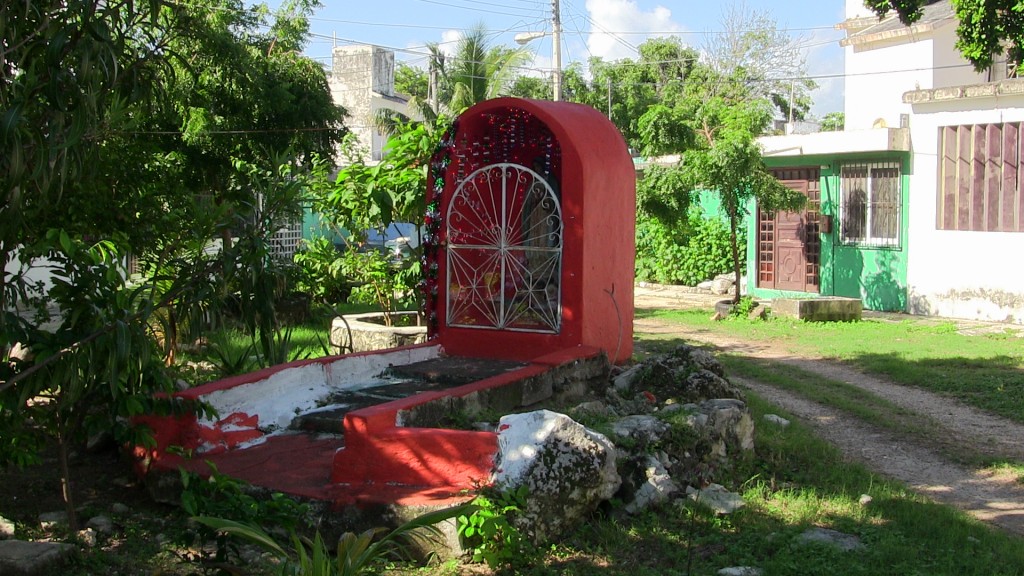
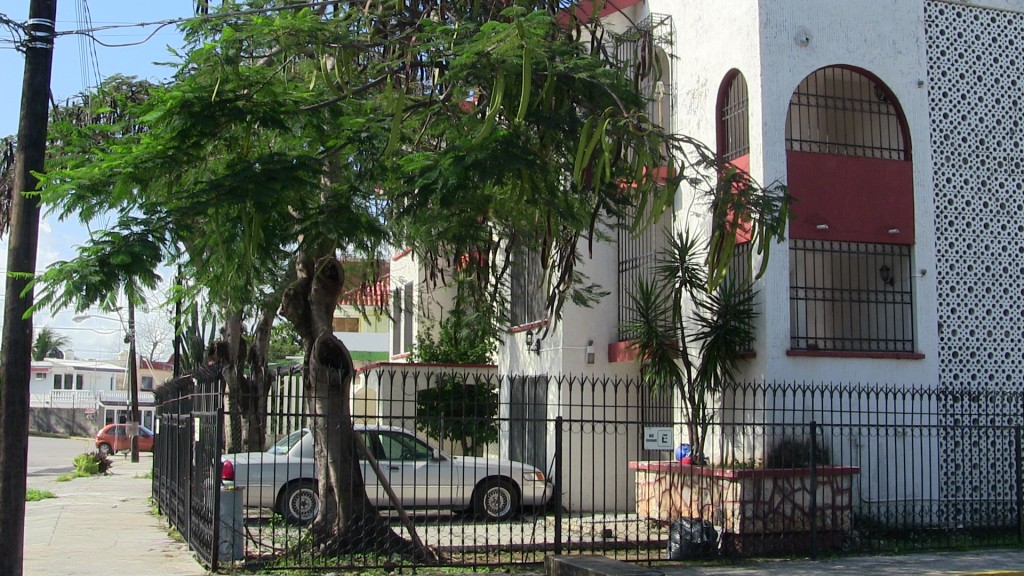
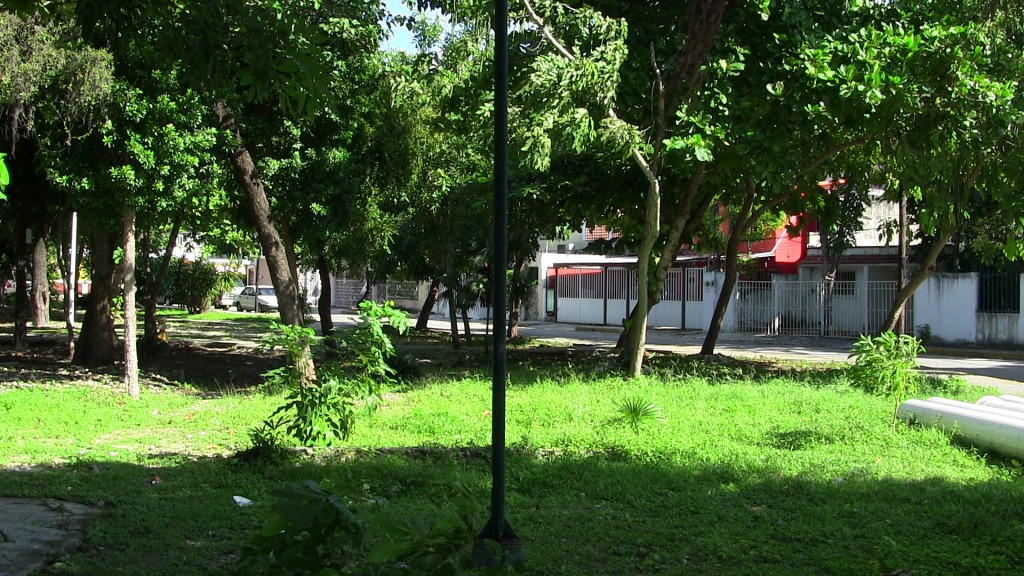
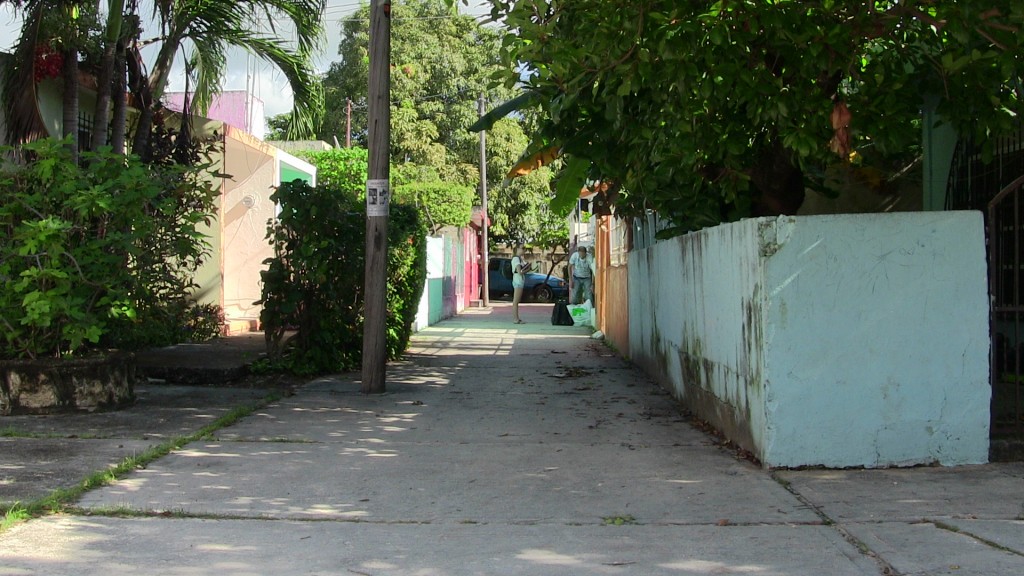
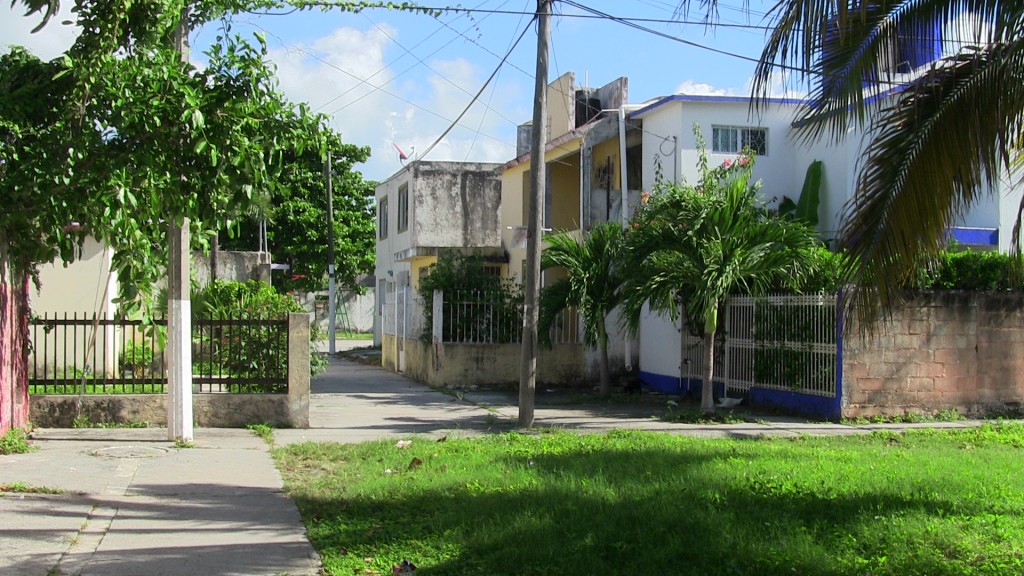
The city is broken down into triangle-shaped Supermanzanas (super blocks), which in turn have U-shaped streets within them to keep the noise and congestion of traffic to a minimum and force the main traffic through the primary avenues on the outskirts. The housing is laid out similarly, although there are little differences you’ll notice as you walk between the supermanzanas.
One SM might be filled with one-story buildings, while the next will focus primarily on two-story homes, and while they all have the same general architecture each individual owner will have added their own unique style to the home. Especially considering many of the people who live here have been here since the beginning, pioneer families who came here during the boom of the 1970s and helped build the initial hotels and infrastructure that exists today.
One of my favorite parts about the streets of Cancun and the way the supermanzanas are laid out is that every little barrio has its own school, park, convenience store, lavenderia, and markets/restaurants. Once you get to know your neighbors you find that you rarely have to walk more than 90 seconds out your door to find general everyday things, or even handymen.
On top of that, if you remember from the Viajes Con Cristina episode regarding noises of the Mexican neighborhood, every day there are local vendors passing by selling services, foods and other items…which means you rarely have to leave your own area for anything other than specialty items or monthly grocery runs to stock up on major items.
The interesting thing to note is that all of the newer construction (from about 2005 and onwards after Wilma) is very much the “American” style. The Mexican feds received a loan of around 1 billion USD from the U.S. government and the wave of contractors + architects who came in along with that cash were generally American or Canadian.
As a result, the triangular structure was largely forgotten in favor of gated subdivisions (such as Cumbres and La Isla), as well as skyrises, apartment and condo complexes, all lining Bonampak as it turns into the highway heading south to the airport along the lagoon/waterline. Once you leave downtown and head south you’ll notice a drastic shift in the style of architecture; green parks and playgrounds with churches and block houses give way to palm-tree lined avenues and condo buildings that make you feel as if you are driving through San Diego or Los Angeles rather than a Mexican pueblo.
As far as the Hotel Zone is concerned, there is nothing Mexican about it. It’s very much a Las Vegas strip atmosphere, with wall-to-wall resorts, condos, bars, clubs restaurants and beyond lining the beach. Unless you specifically come to the Cancun that we know and love, you’ll never even know that this city exists…much less has a modern infrastructure, school system and a middle-class population that are not so different from those which exist in every other country of the world.
So the next time you are in Cancun, consider changing things up. You’ll find that the mainland offers an authentic Mexican experience, especially if you get outside of the downtown area, with a friendly people, laid-back pace and a cost of living that is drastically less than what you’ll find in the Americanized tourist zone. The mixture of Latin culture with central-Mexico-styled buildings make for a pleasant change of pace, and once you uncover the real city hiding beneath the glitz and glam you’ll never look back.
If you want to rough it on your own, head on over to our Cancun travel page for boots-on-the-ground information, or pick up our best-selling Cancun travel guide (on sale since 2011!)

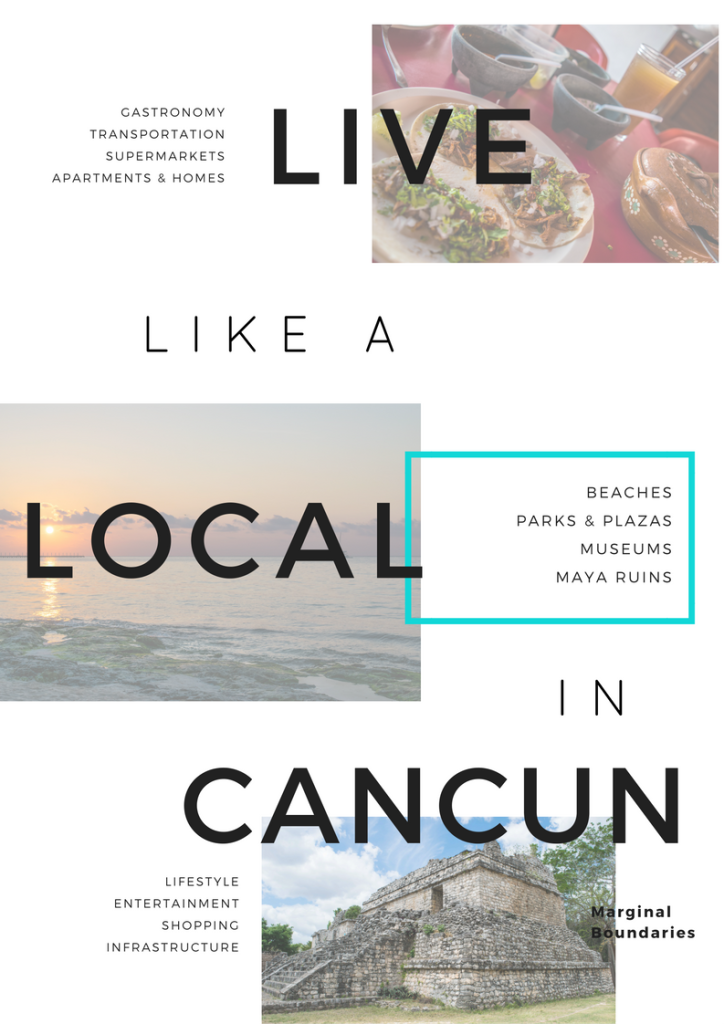

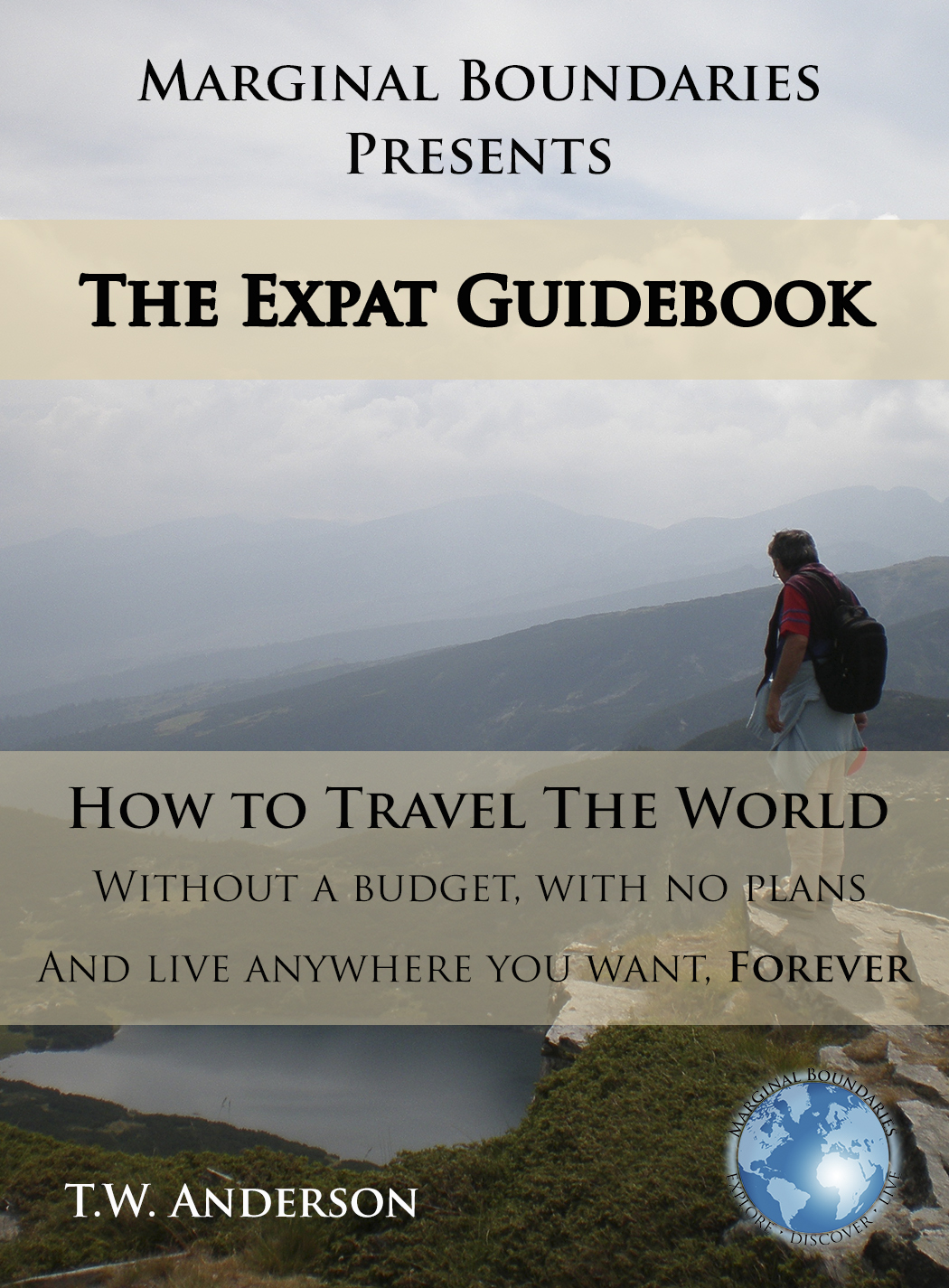



I have no idea that Cancun SO YOUNG! Cool! I really want to move here someday for a few years! Architecture so simple and so gracefull! No classic, modern, but still so attractive in another way! I like it very much!
THANK YOU for your blog!
*and hello from Turkey!
Exactly, Jennifer!
And to be honest…it still is a relatively NEW city, with only 40 years of history behind it. But the Hotel Zone by far overshadows the mainland where we live…and I sincerely hope that people continue to explore and uncover the actual pueblo as opposed to only the beaches.
Until we started reading your blog, your first paragraph perfectly describes our thoughts of Cancun. I think it is easy to forget that touristy places are so much more below the surface and that real people DO live there.
Thanks, Mary! We certainly do enjoy it here
You have beautifully described the Supermanzanas / neighbourhoods and it’s fabulous to read through and feel your genuine love and excitement for Cancun, it’s language, culture, and architecture.
hahahahahaha, Bea Indeed, when you know the route around them, you know you are home!
Indeed, when you know the route around them, you know you are home!
Great pictures, although I now live in Playa and enjoy it, I do miss Cancun, ie the “real” Cancun. You captured it nicely.
I especially like the presence of the potholes, it meant you were home when you knew your local potholes by heart.
Aye, Dan, it’s pretty awesome how the “old” city is laid out!
I love the idea of these little pockets of neighborhoods! Sounds so convenient. Thanks for sharing